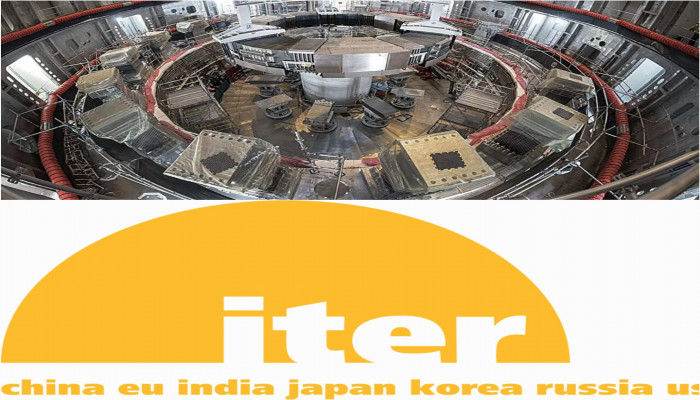World's most powerful magnet installed as global nuclear fusion project surpasses milestone
- In Reports
- 04:03 PM, May 01, 2025
- Myind Staff
A long-delayed global nuclear fusion project involving over 30 countries has reached a momentous milestone, with preparations underway to construct the world’s most powerful magnet. India is among the scientists from 30 nations. India became a member in 2005 and has been actively involved through equipment contributions, research support, and funding. Earlier this year, in February, Prime Minister Narendra Modi, accompanied by French President Emmanuel Macron, visited the ITER site in France, where they spoke with the team of scientists and engineers working on the project.
This magnet is a crucial part of the plan to produce clean energy by fusing atoms at extremely high temperatures. The project, called the International Thermonuclear Experimental Reactor (ITER), is located in southern France and is supported by countries including the U.S., China, Japan, Russia, and members of the European Union. The magnetic system is designed to form an "invisible cage" to contain the ultra-hot plasma needed for fusion to occur and release energy. On Wednesday, ITER announced that the last significant piece of the magnet system, the central solenoid, had been finalised and tested by the U.S., and work on forming it has begun.
“It is like the bottle in a bottle of wine: of course the wine is maybe more important than the bottle, but you need the bottle in order to put the wine inside,” said Pietro Barabaschi, the director general of ITER, explaining the importance of the magnet’s role in the project. The magnet, which was initially expected to be finished in 2021, has faced multiple delays. Commenting on the situation, Charles Seife, a professor at New York University and writer on nuclear fusion, said, “To be behind schedule by four years after 10 years of effort shows just how troubled this project is.”
Barabaschi stated that the "crisis" phase had passed and ITER construction was moving faster than ever. The project is expected to enter its start-up stage in 2033, which will involve plasma generation. He also emphasised that ITER verifies that international collaboration is possible even during global political strain. Added, “They have a very, very strong cohesion of objectives and for the time being I see no sign of a withdrawal from anyone.”
Investment in fusion energy is on the rise, with many projects already in progress. Many private start-ups claim they can create working fusion power plants within the next ten years. Barabaschi expressed doubt about these timelines but remains encouraged by the global efforts being made.
“We already know that we can get fusion,” he stated. “The real challenge is whether we can make fusion cost-effective.” He added, “I’m quite sceptical about achieving that in the next one or even two decades. To be honest, it’s going to take longer.”







Comments